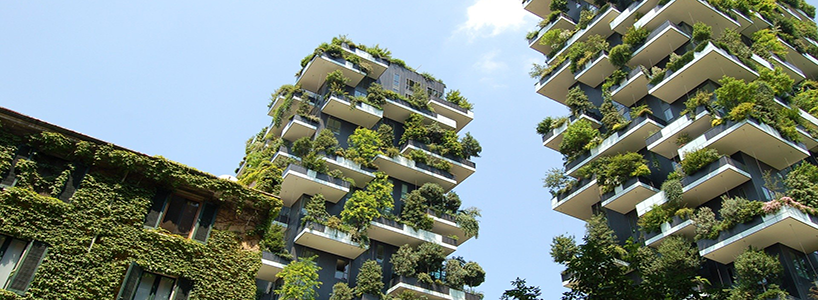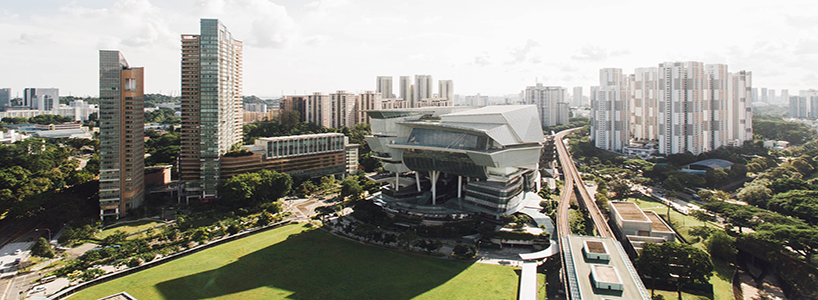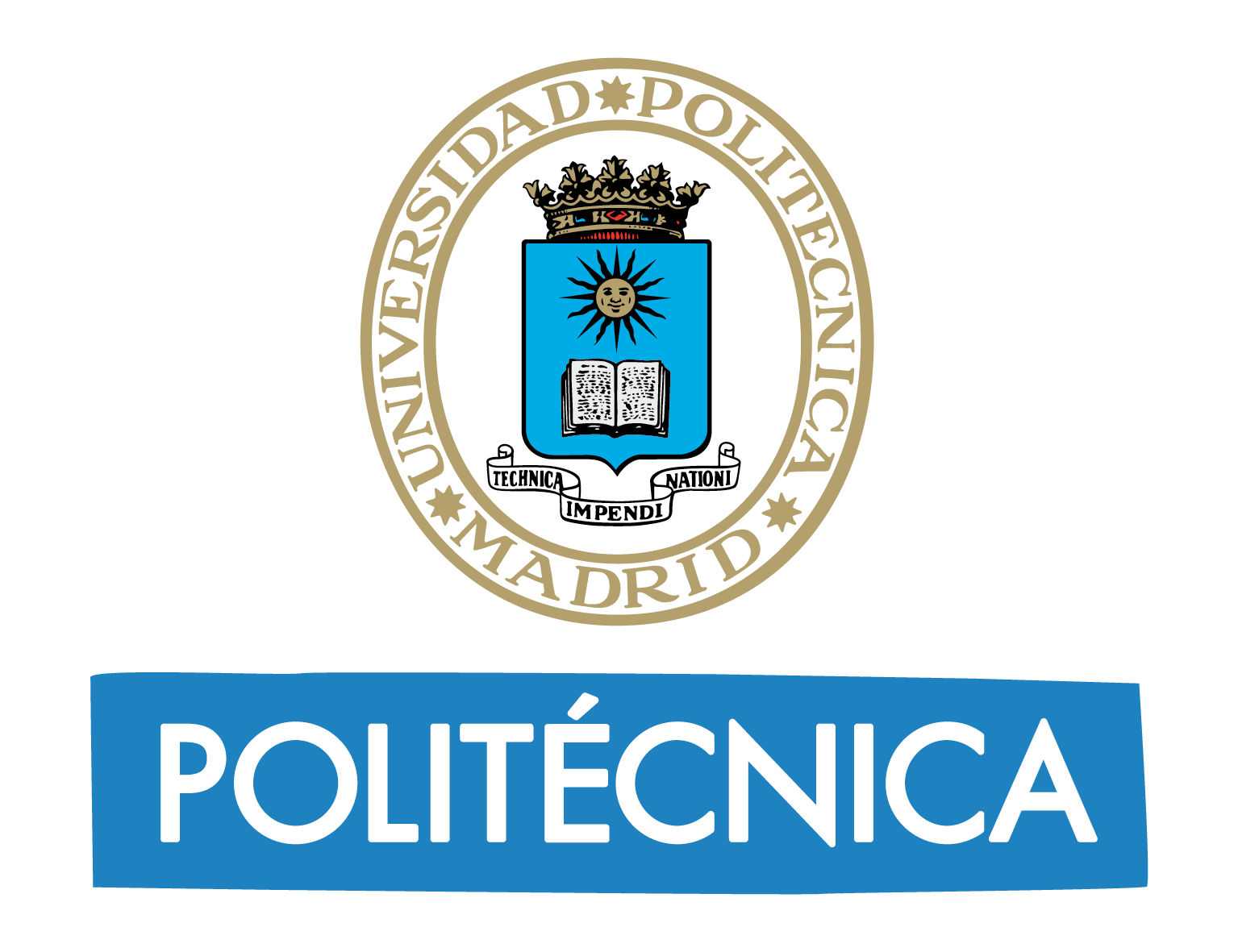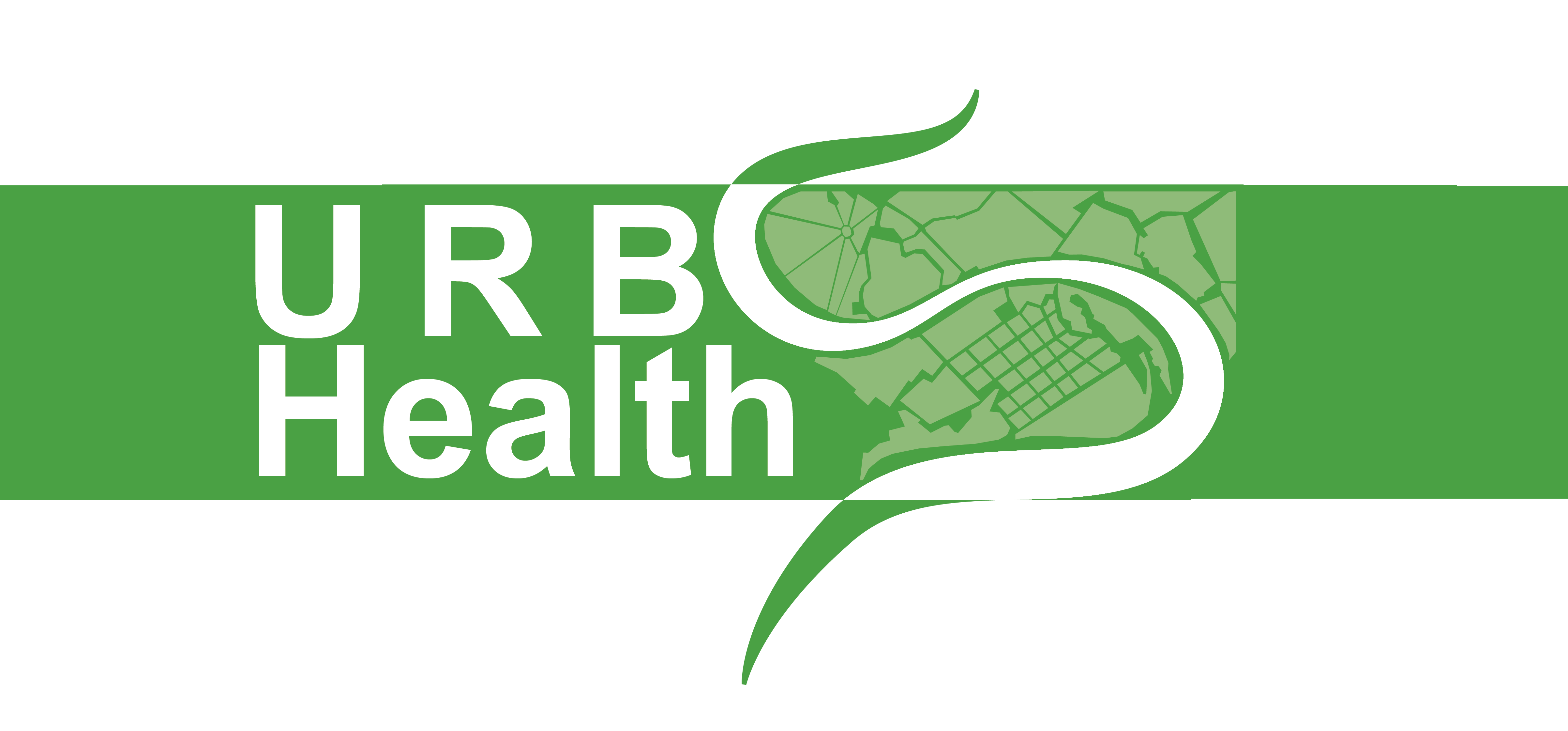Green Infrastructure for Community Wellbeing

Green infrastructure is a strategically planned network of natural and semi-natural areas, which include other environmental features designed and managed to deliver a wide range of ecosystem services. These include water purification, air quality, space for recreation and climate mitigation and adaptation. This network of green (land) and blue (water) spaces can improve environmental conditions and therefore citizens' health and quality of life. It also supports a green economy, creates job opportunities and enhances biodiversity. To maximise the benefits it provides, GI should be an essential component of spatial and physical planning.

Deploying GI in the rural landscape in a well-connected and multifunctional way by prioritising actions for conservation and restoration, enhancing landscape permeability and prioritising defragmentation measures to mitigate the impacts of agricultural intensification and road infrastructure on species movement. Data sets and tools are now available for use in individual European countries and regions as well as in EU-wide assessments.







.png)

